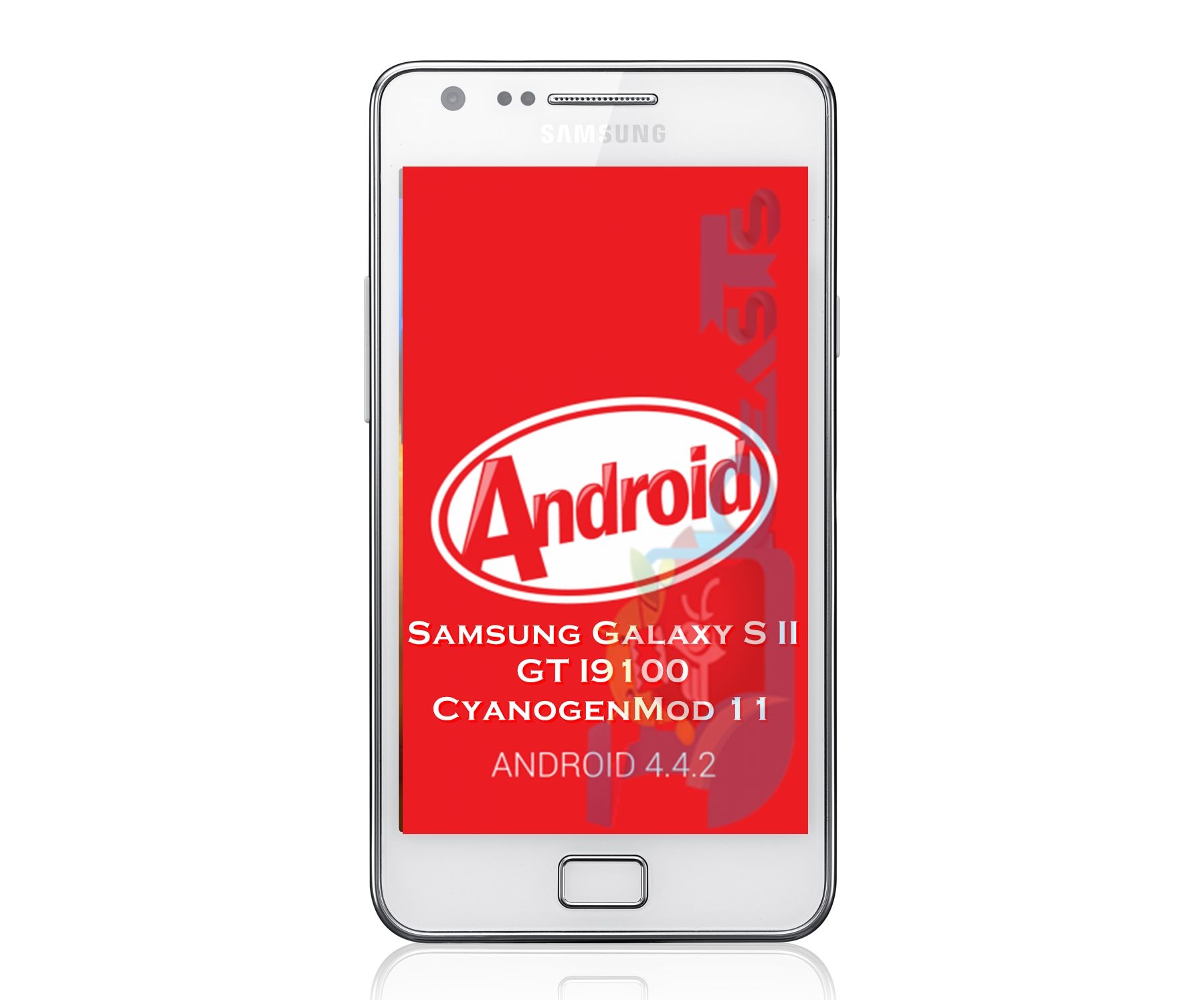Samsung’s Galaxy S II is definitely one of the best Android devices available around still today. Samsung pushed Android 2.3 Gingerbread in the device and brought it to the Android 4.1.2 Jelly Bean through OTA updates. The device stopped receiving further Android updates, Samsung has been pretty good with a device that’s way too old now. Perhaps this didn’t effect the device’s charm as the development forums are full of Galaxy S II’s custom ROMs. So, just in case you’re looking for a higher Android version to install on your device, custom ROM may be the best choice.
Google has already pulled the curtains off from it’s Android 4.4 KitKat and many of you may be impatiently waiting to taste it. While you can’t have it officially on your Galaxy S II, we’ve found a suitable custom ROM that will allow you to do so. Before you head towards the ROM flashing guide, please keep in mind that this is a custom ROM based on unofficial CyanogenMod 11, and is a nightly build. There are higher chances of bugs and things may not work as expected, So, we recommend you to install this only if you’re familiar with custom ROM flashing and you actually know what you’re doing. Also, this ROM may not be kept for everyday’s use.
Here are some instructions that you must follow in order to get this ROM installed.
- This ROM is only for Samsung Galaxy S II GT-I9100. Do not try this on any other device, please check your device’s model in Settings > About Device > Model.
- Your device must have a custom recovery installed. Follow our full guide here to install CWM.
- Your device’s battery should be charged at least over 60%. This is highly recommended in order to prevent any power issues during the flashing process.
- Backup everything as flashing this firmware will wipe your phone completely.
- Make sure that you backup your important media content, Contacts, Call Logs & Messages. This is highly recommended just in case something goes wrong and you need to reset your phone.
- If you already have rooted your device, use Titanium Backup to back up all your important apps + system data. Also if you are using a custom recovery, it is recommended that you backup your current system using that first. [Just for the sake of safety.]
- Make an EFS backup of your phone before you flash this ROM.
- You need enough confidence to flash this ROM.
- Alright! Go ahead and flash the custom firmware, follow this guide to the letter.
|
Make sure that you read all the instructions carefully, let’s move forward to the 2nd page for ROM flashing guide.
Pages: Page 1 > Page 2












